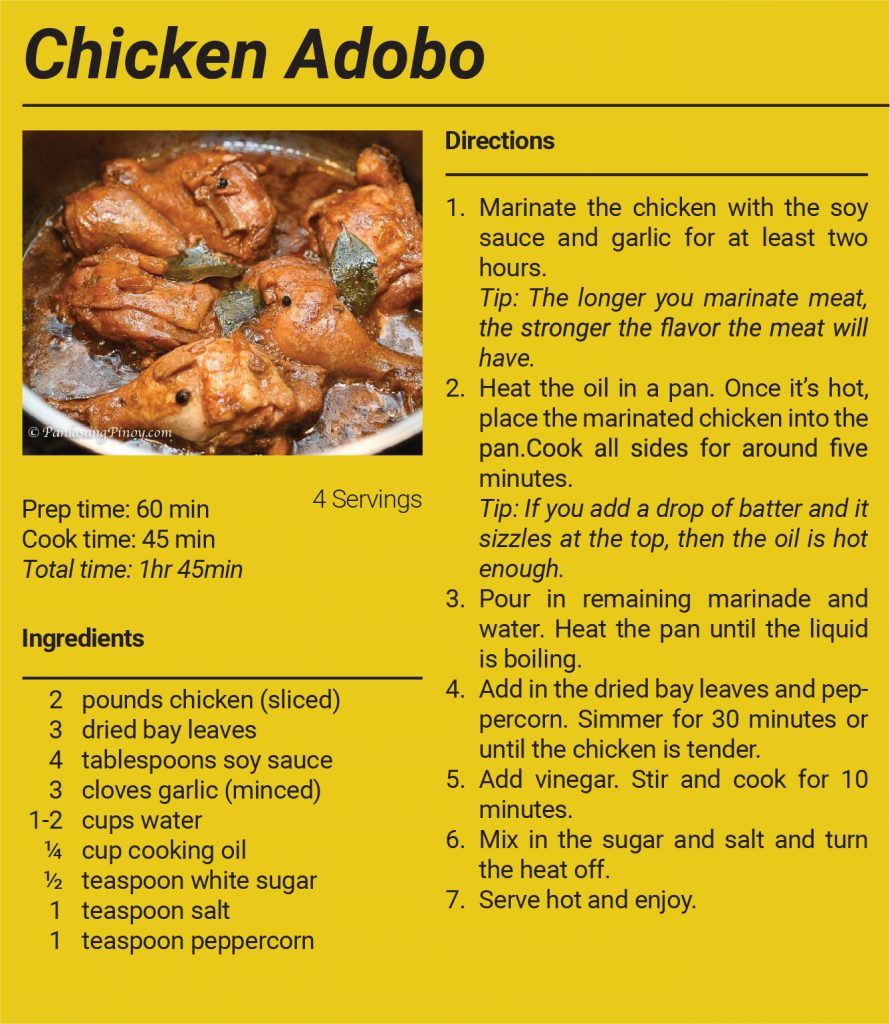
The Philippines has encountered many outside influences throughout its history, such as Spanish colonization and American interference. Yet, it still maintains a strong national identity, displayed in its range of languages, people, food and much more.
This country is composed of 7,641 islands, including Luzon, where the capital, Manila, and the country’s most populous city, Quezon City, lie. Due to its location and its geography, the Philippines experienced years of isolation, producing cultural, social and linguistic diversity. For example, there are over 87 spoken dialects and social patterns including Tagalog, Cebuano, Ilocano, Waray, Bicolano, Pangasinan and Pampango. Tagalog is the official language of the Philippines; yet, just 55 percent of the citizens speak Tagalog.
However, just like many other nations, the Philippines was affected by its interactions with other countries. Two major influences are the 350-plus years of Spanish colonization and years of U.S. administration. As a result, the country has a diverse range of ethnic groups: 70 percent Filipino, who are a mix of Indonesian or Malaysian and Polynesian, 10 percent being primitive Malaysian and Negritos; 10 percent Chinese; 5 percent East Indians; 3 percent Europeans and Americans; and 2 percent Arabs and others.
In addition to adding different ethnicities to the Philippine population, new religions were also introduced. Due to Spanish colonization, Roman Catholicism became the most popular religion in the Philippines. It is estimated that 83 percent are Roman Catholic, with Protestants at 9 percent, Muslims at 5 percent and Buddhists and others at 3 percent.
Additionally, the official language was affected by Spanish and American colonization. Spanish was once declared to be the official language, as shown on the numerous past historical documents of the Philippines, but was later on changed to English. This can be seen in modern Philippine education, government and commercial uses. English words are also integrated into the everyday language of Filipinos; it is common to hear Filipino words mixed in with English words, forming “Tanglish.”
Yet, despite the influences other countries had on the Philippines, the Philippines still retains many aspects of its culture. Despite boxing star Manny Pacquiao popularizing the sport, Arnis, a Philippine martial art, remains the official sport of the country. Living situations have also maintained their cultural identity, as families in rural areas live in nipa huts (bamboo structures roofed with leaves from palm trees or corrugated metal) while families living in urban areas live in buildings made of brick and stone.
One of the most impactful retentions of Philippine culture can be seen in the food. For example, many Filipinos love to eat plain rice with salted fish, chicken and meat. Other popular cultural dishes include chicken adobo, lechon (roasted pig), balut (broiled duck egg with an embryo) and halo-halo (mix of ice cream, gelatin, milk and shaved ice). People eat these delicious dishes either with forks and spoons or the native way — with their hands.
If you’d like to get a taste for Filipino culture, try making the following recipe for chicken adobo. It’s a delicious yet simple dish.
Want a country to be spotlighted in the next issue? If so, please email eedmond1@binghamton.edu.
Elaine Edmondson is a junior majoring in economics; she is currently a marketing intern in the Multicultural Resource Center.


